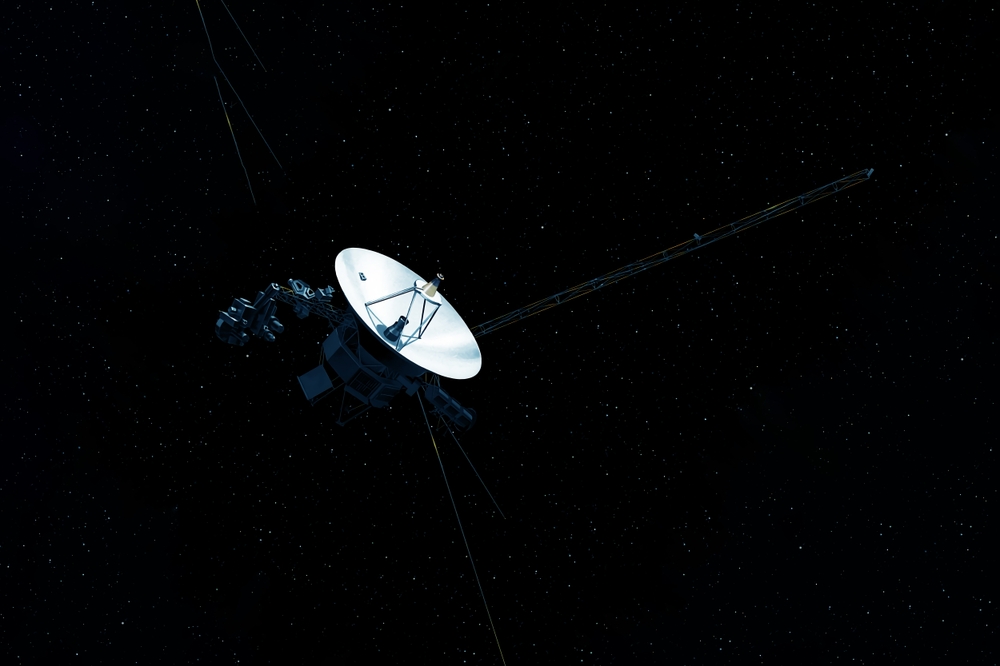A place warmer than the inside of a cooked tomato, the NASA discovery could redefine how we view our universe.
Others are reading now
After nearly half a century of traveling through space, NASA’s Voyager mission has made another astonishing discovery — one that could redefine where our Solar System truly ends.
Reaching the unknown
Voyager 1, launched 47 years ago, continues to send back data from farther away than any other human-made object. The spacecraft’s long journey has allowed scientists to glimpse regions of space no probe has ever reached before, offering new insight into the outermost layers of the Solar System.
According to NASA, Voyager 1 has now encountered what researchers describe as a “wall of fire,” a zone where temperatures reach between 30,000 and 50,000 kelvin — roughly 30,000 degrees Celsius. The finding was made as part of ongoing efforts to understand the boundary separating our Solar System from interstellar space.
The edge of the Solar System
Scientists have long debated where the Solar System actually ends. Some define it by the limits of the planets’ orbits; others, by the reach of the Sun’s gravitational and magnetic influence. The most accepted boundary is the heliopause — the outer edge of the heliosphere, the vast bubble created by the Sun’s constant stream of charged particles, known as the solar wind.
“The Sun emits a constant stream of charged particles called the solar wind, which eventually travels past all the planets to a distance three times greater than that of Pluto before being stopped by the interstellar medium,” NASA explains. “This forms a giant bubble around the Sun and its planets, known as the heliosphere.”
Also read
The heliopause, then, is the frontier where the solar wind’s strength fades and the interstellar medium begins. Both Voyager 1 and Voyager 2 have now crossed this line, making them the only spacecraft ever to venture into true interstellar space.
Aligned magnetic fields
One of the most striking findings from this mission concerns the alignment of magnetic fields beyond the Solar System’s edge. NASA said that Voyager 2’s measurements confirm what Voyager 1 had detected years earlier — that the magnetic field just outside the heliopause runs parallel to the field inside the heliosphere.
“An observation made by Voyager 2 confirms a surprising result from Voyager 1: the magnetic field in the region just beyond the heliopause is parallel to the magnetic field inside the heliosphere,” NASA noted. With data from both spacecraft, scientists can now confirm that this alignment is not a coincidence but a defining characteristic of the boundary region.
NASA, HotNews.ro.


